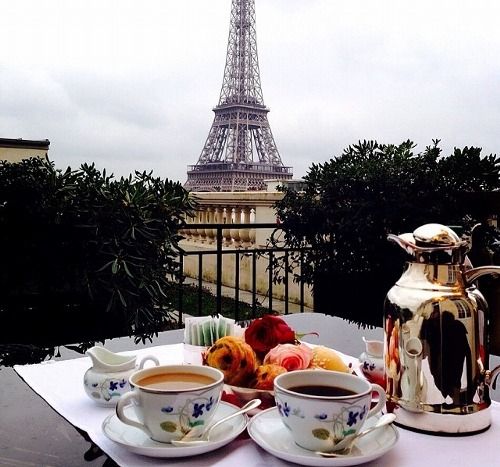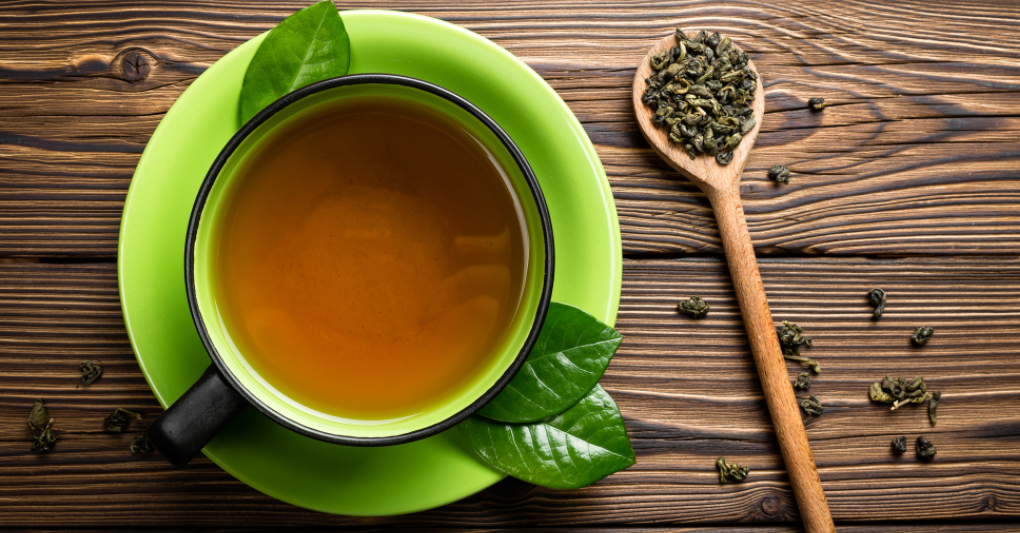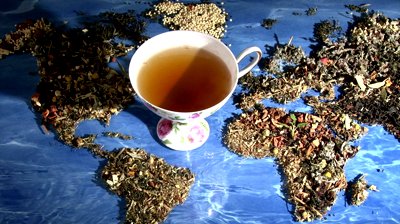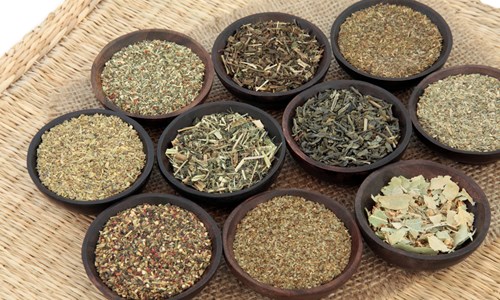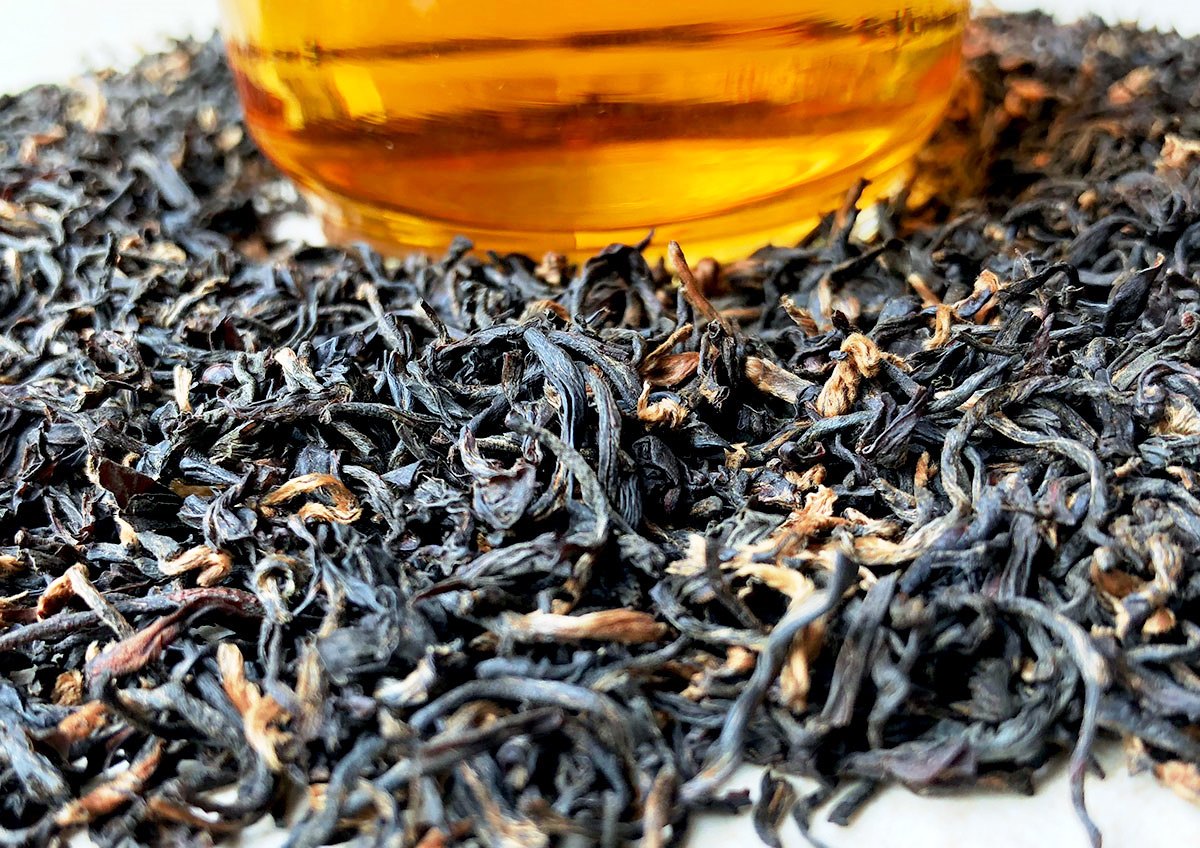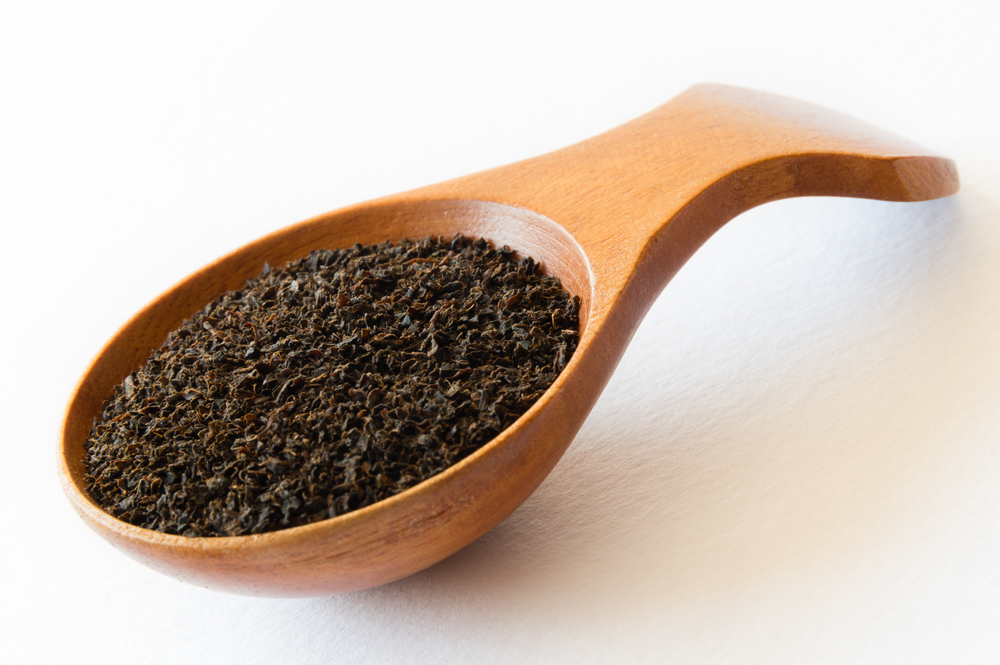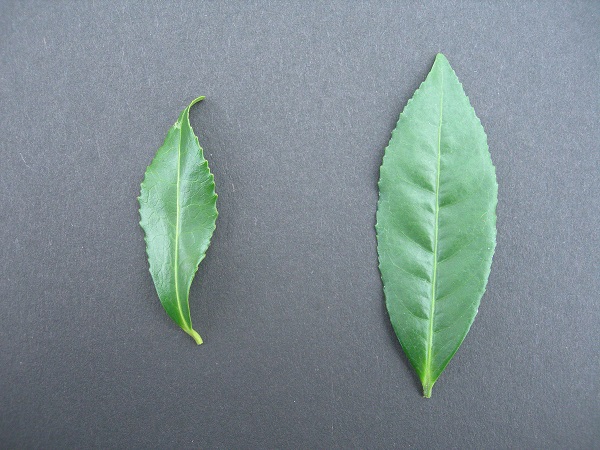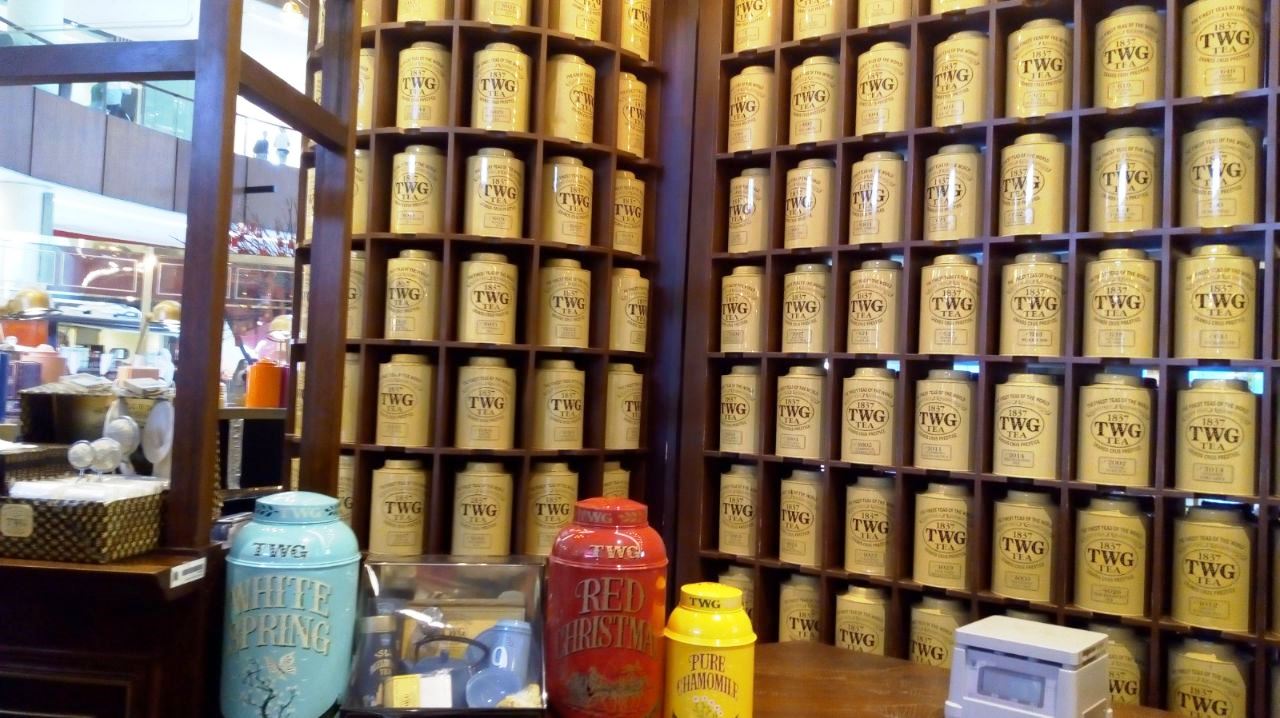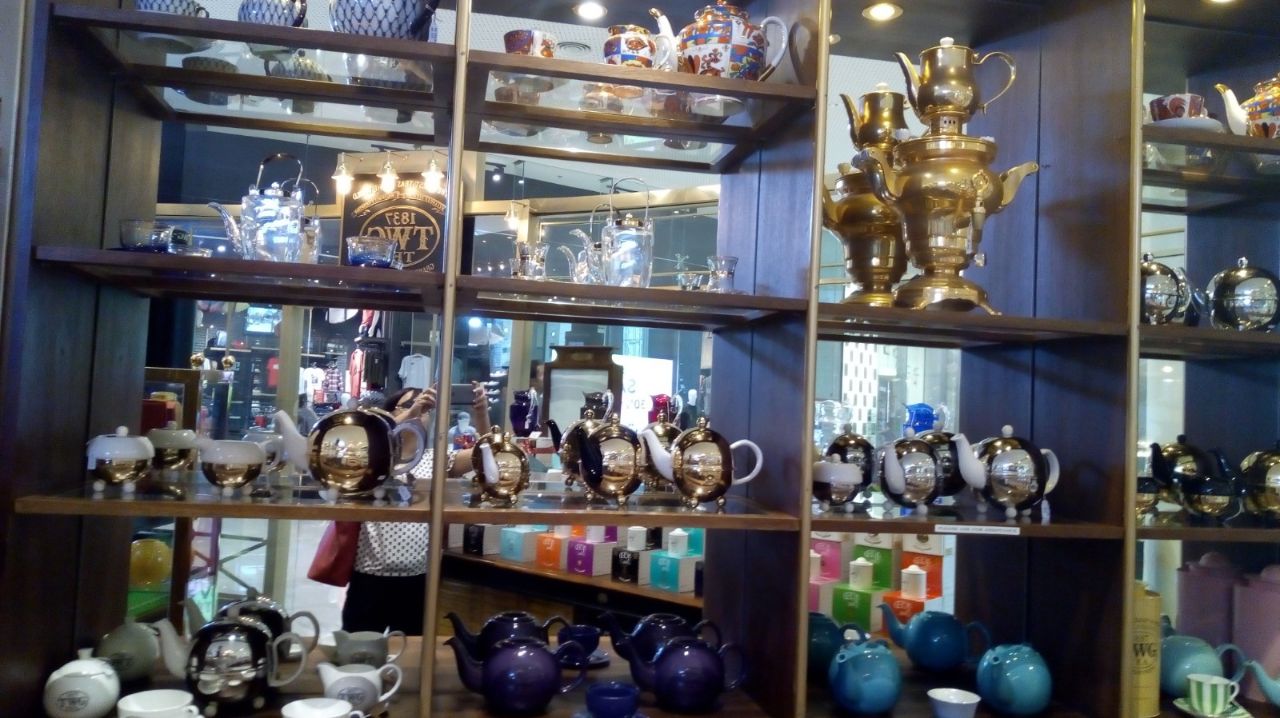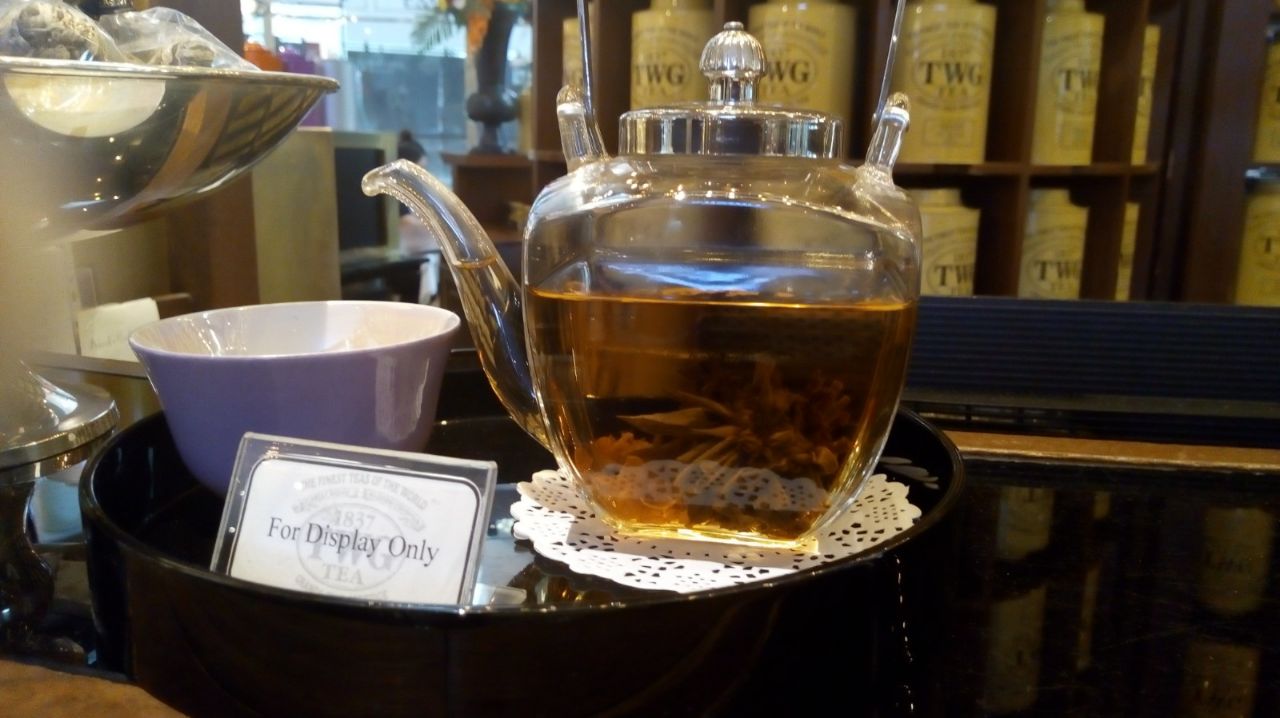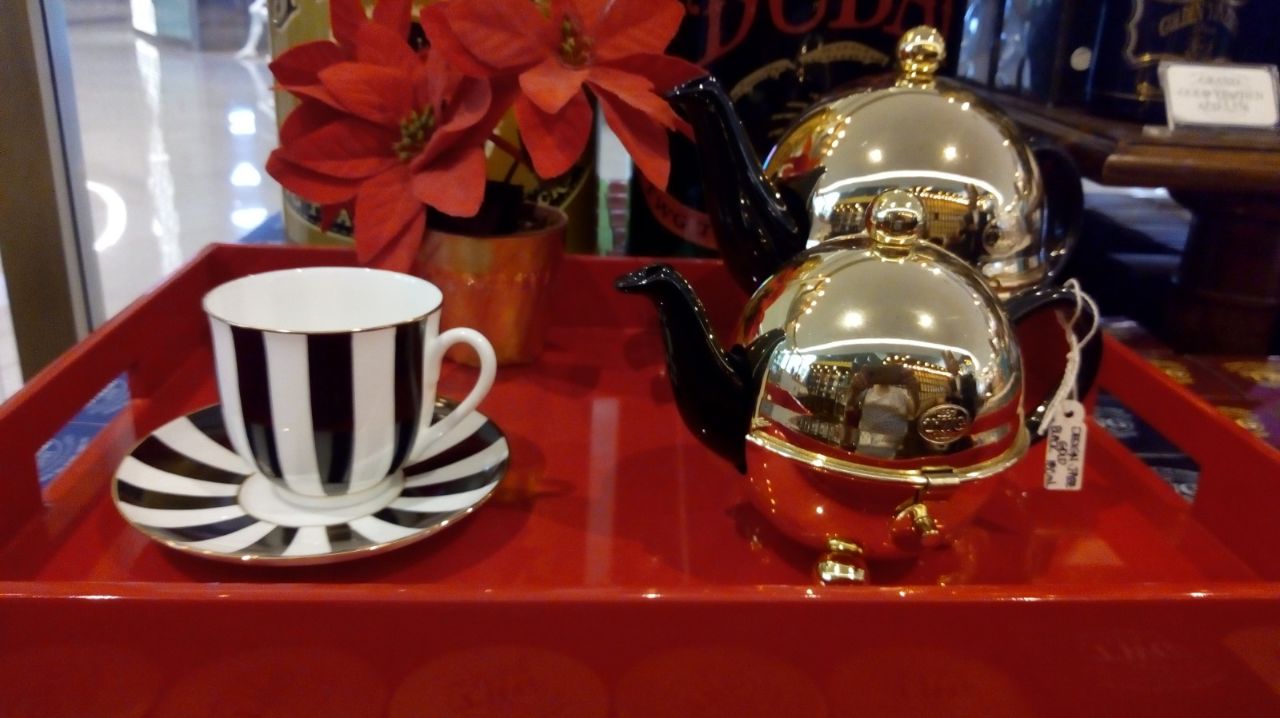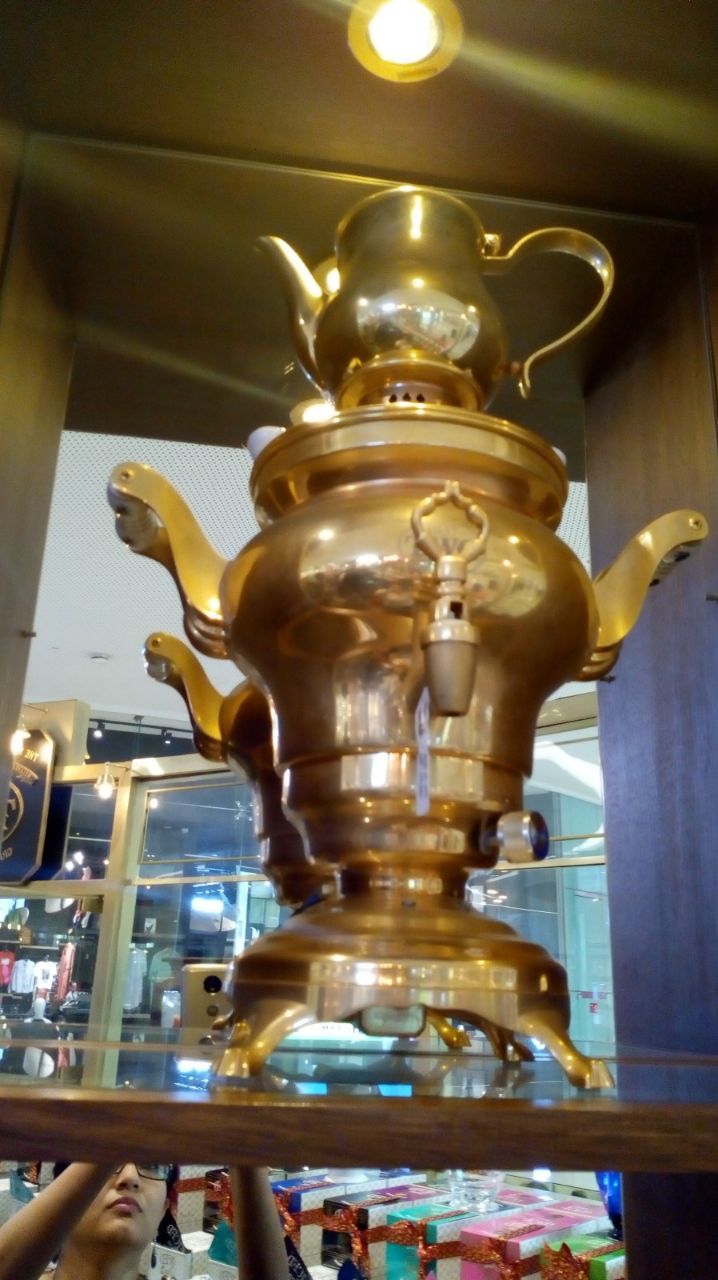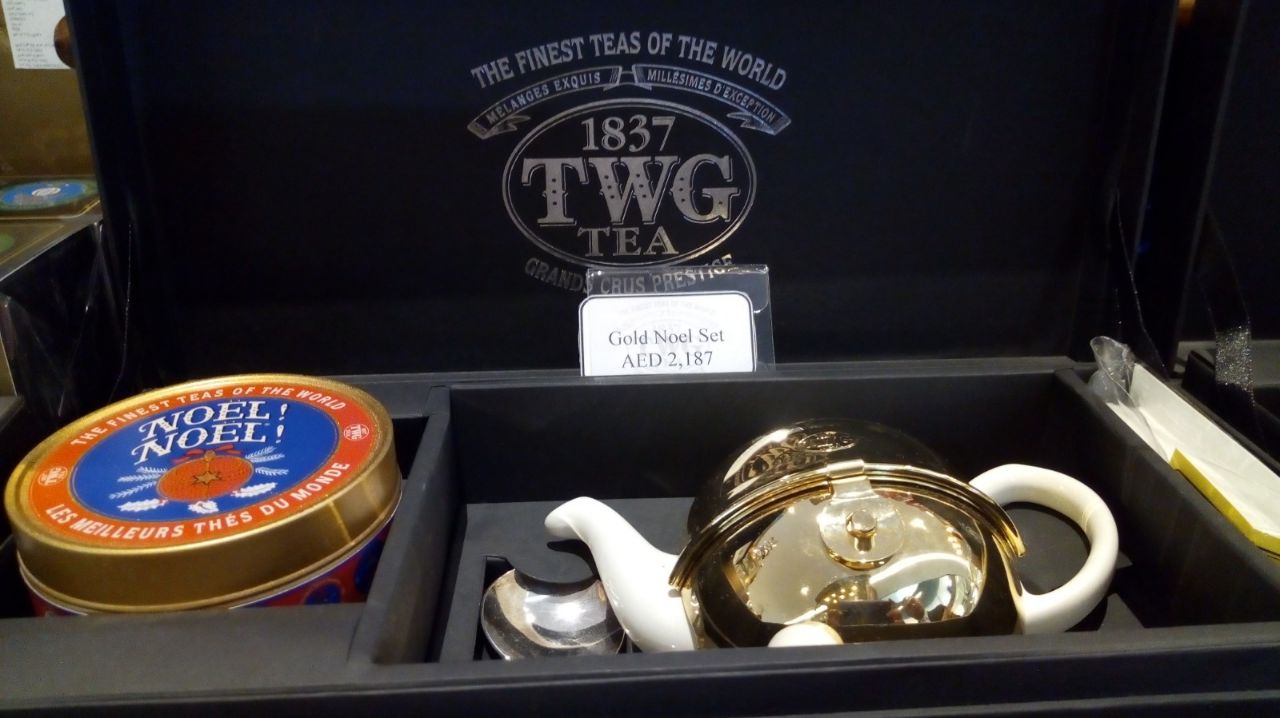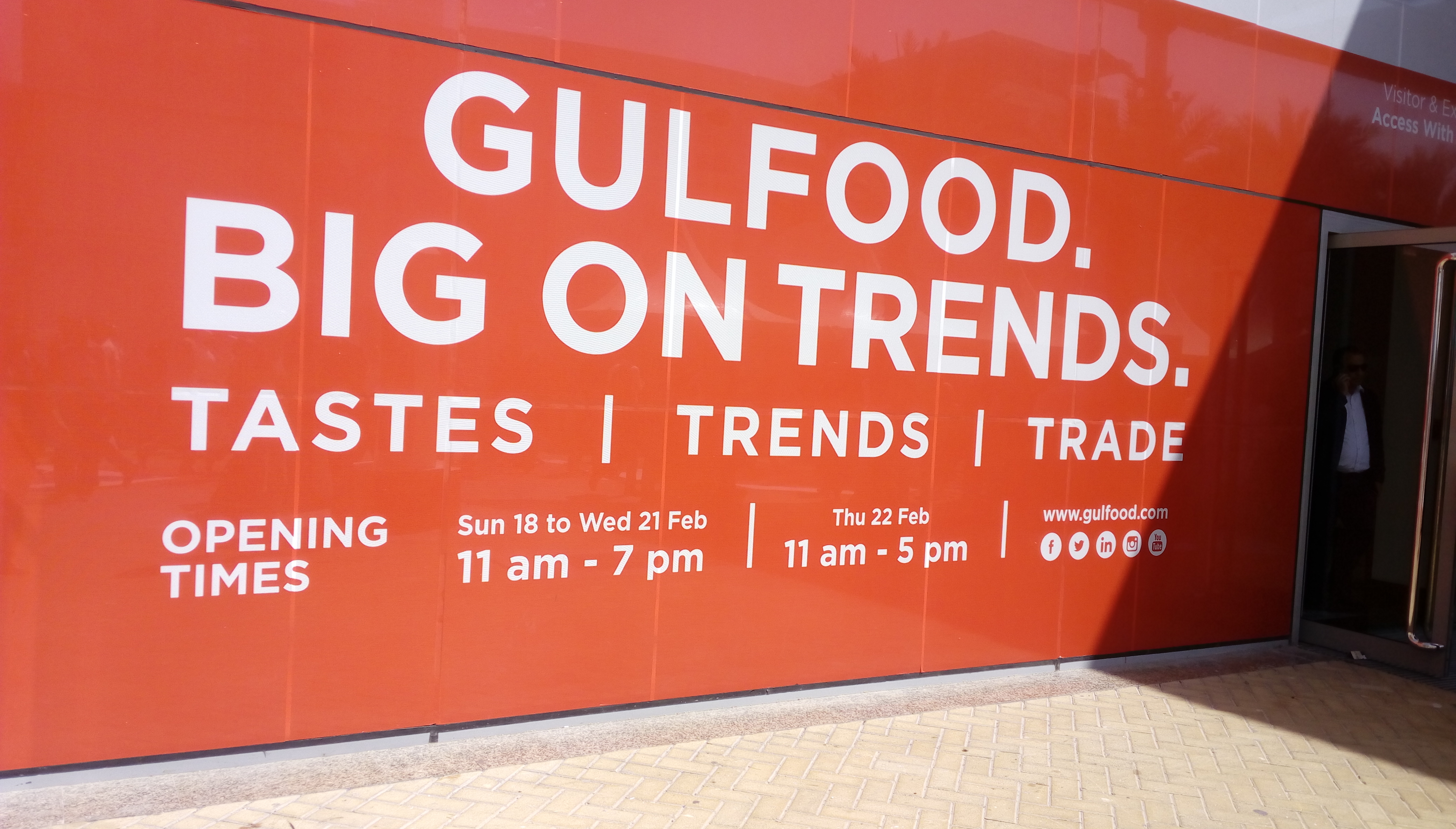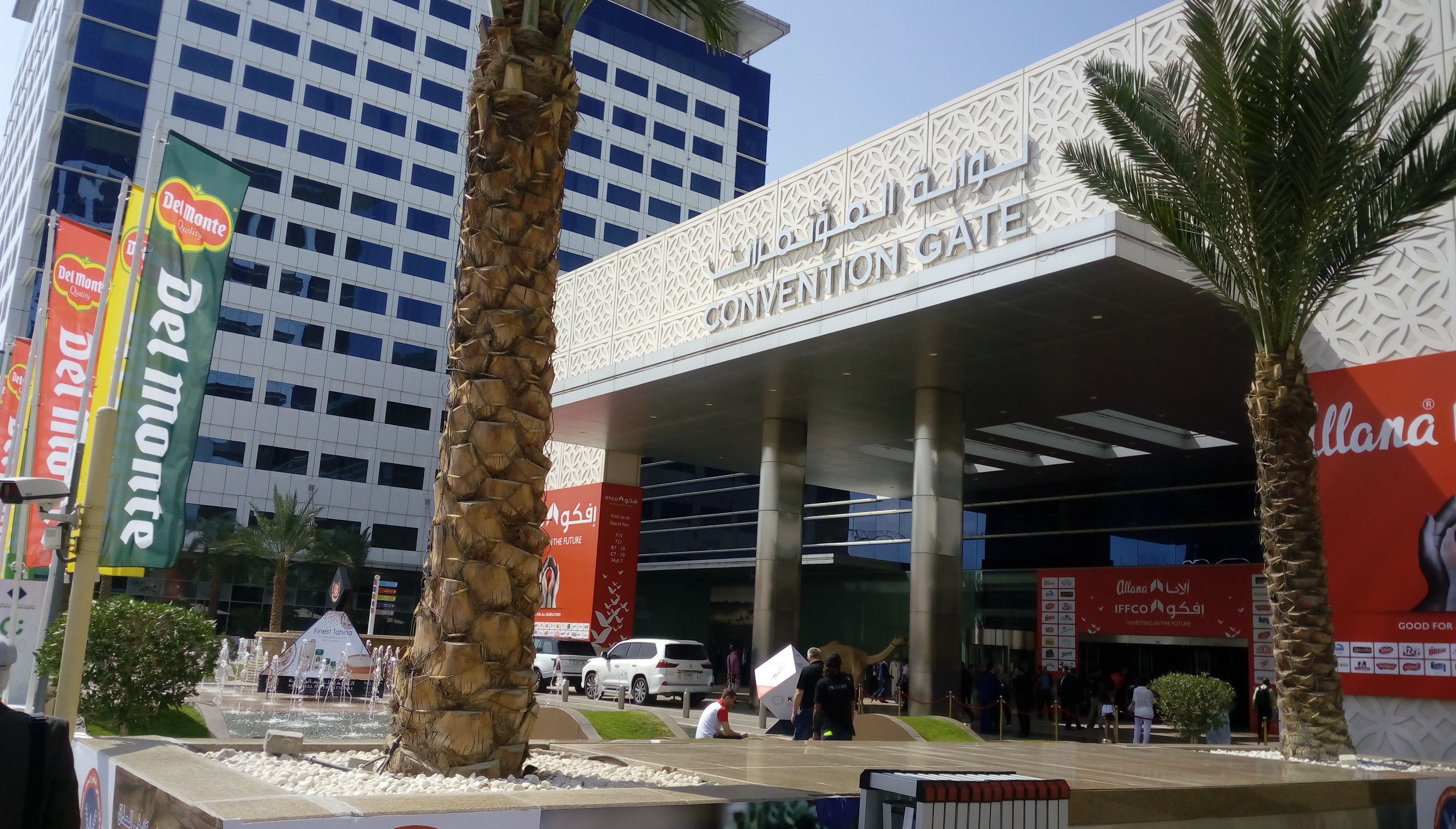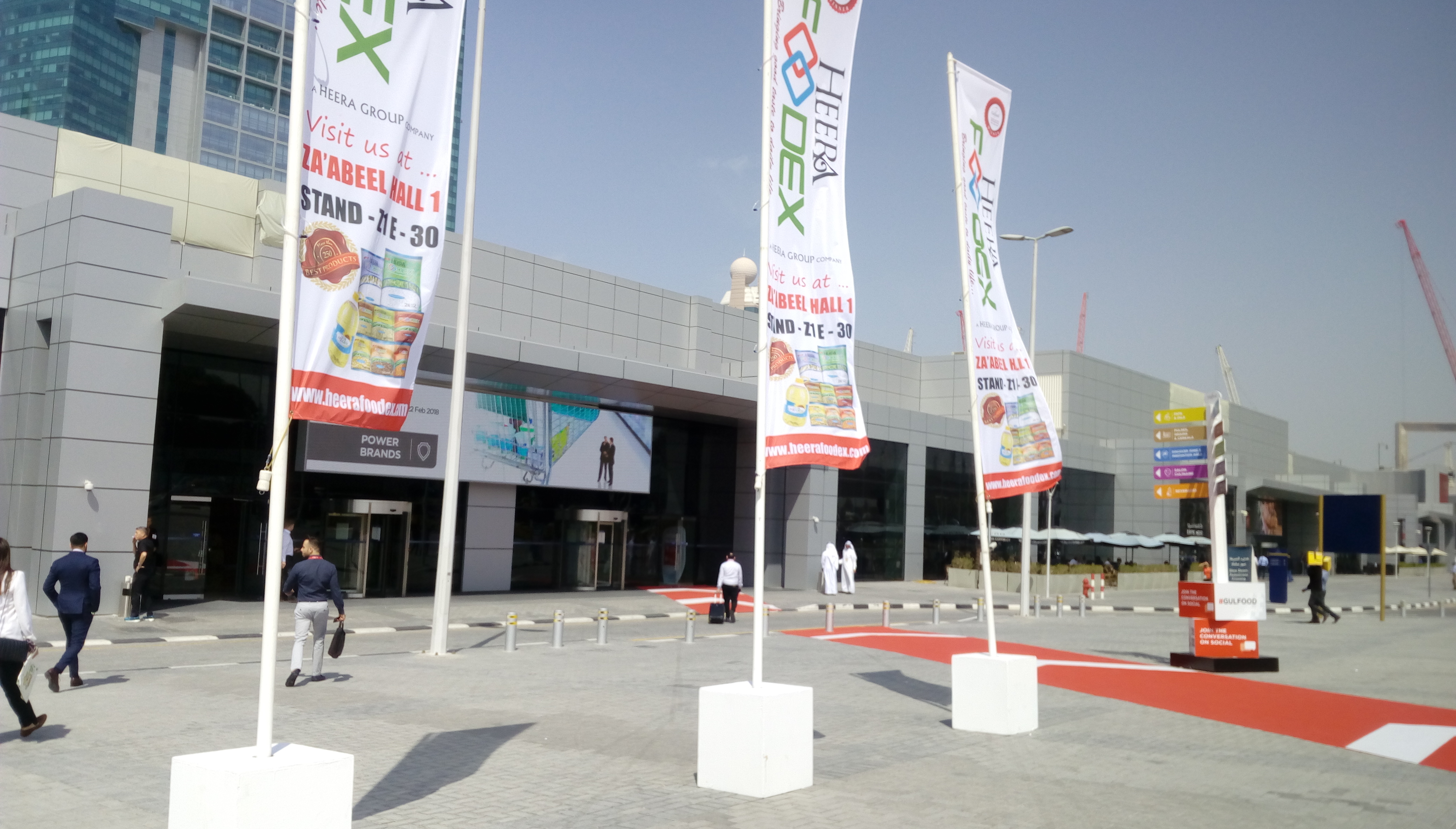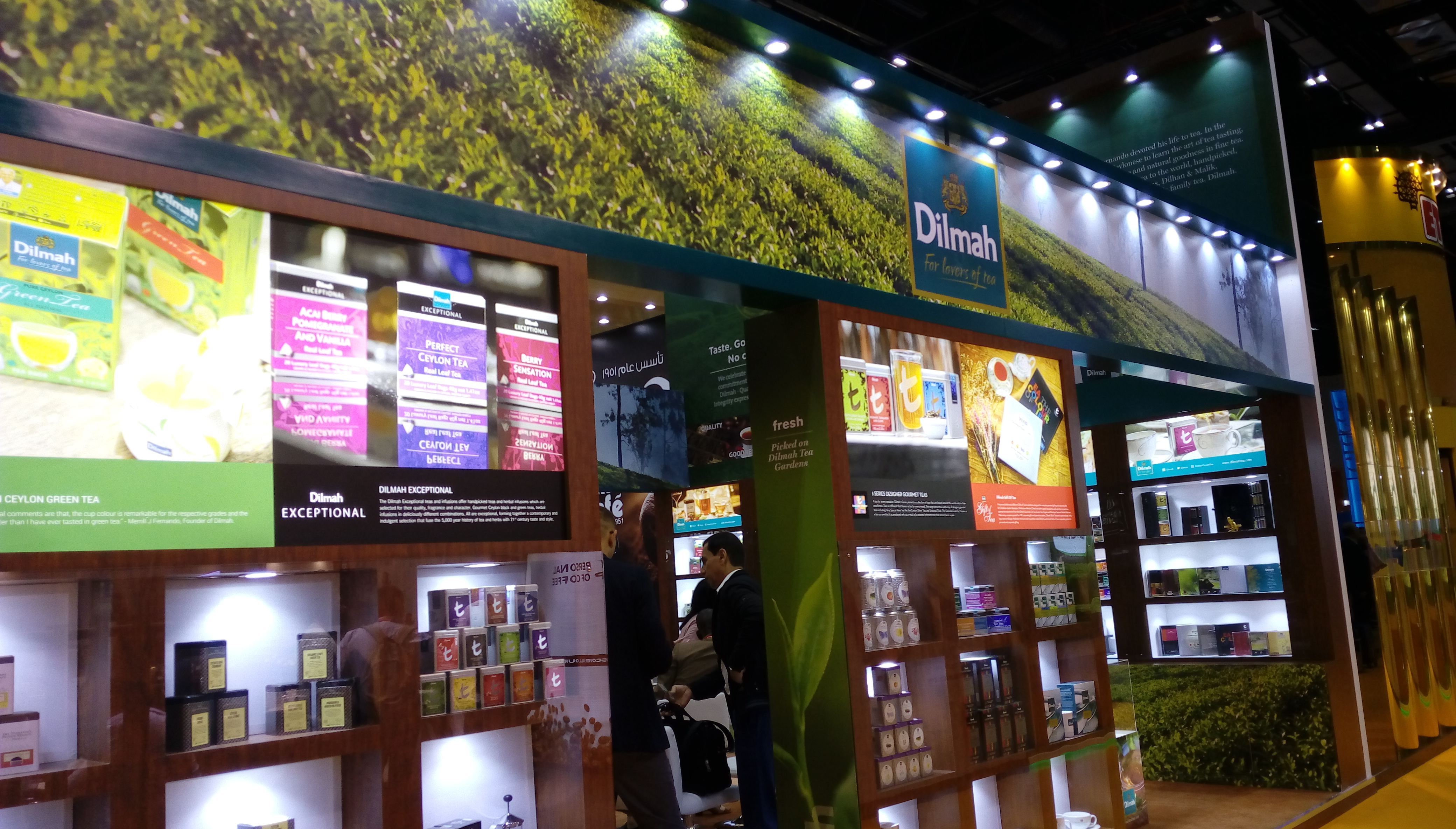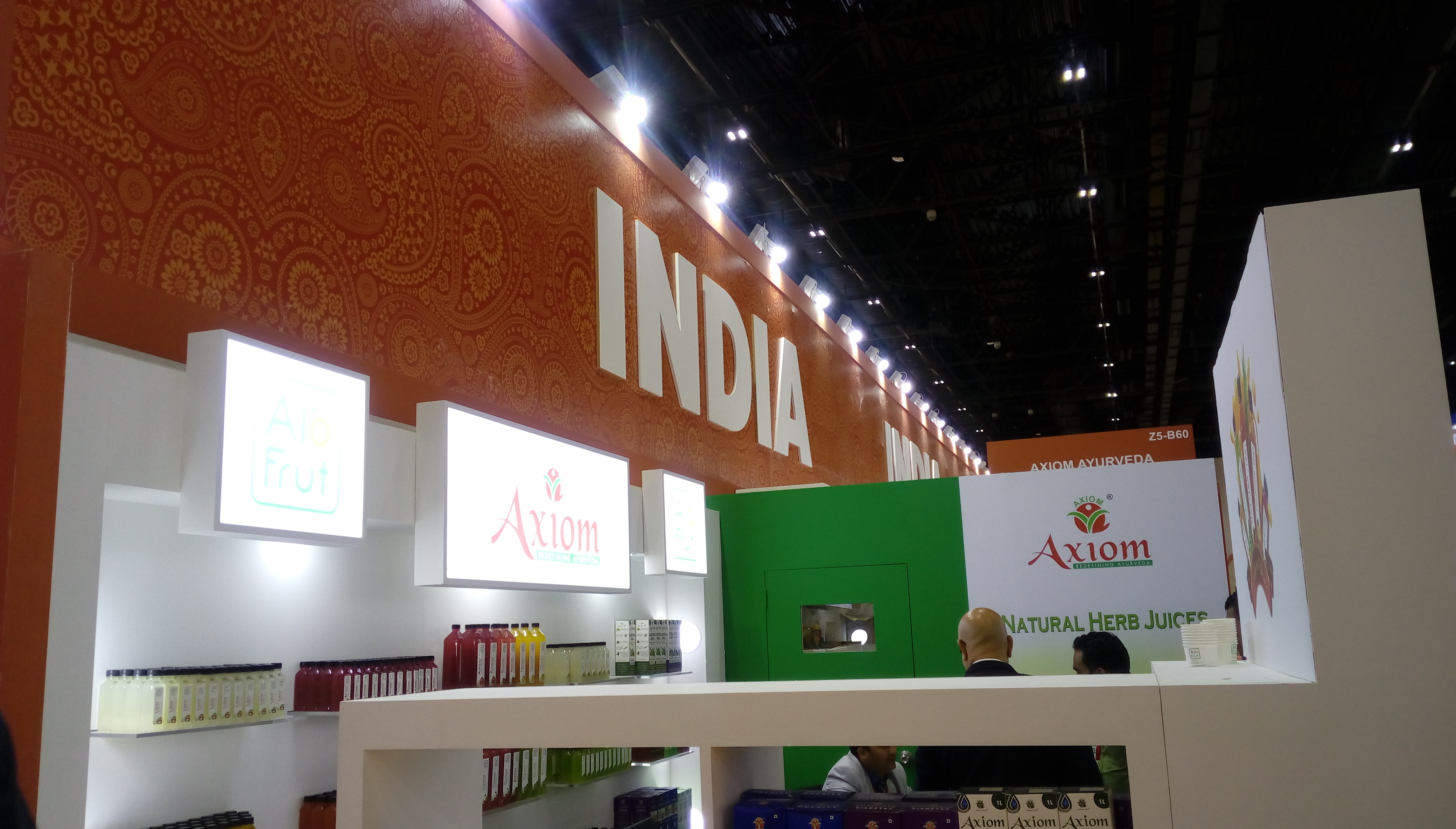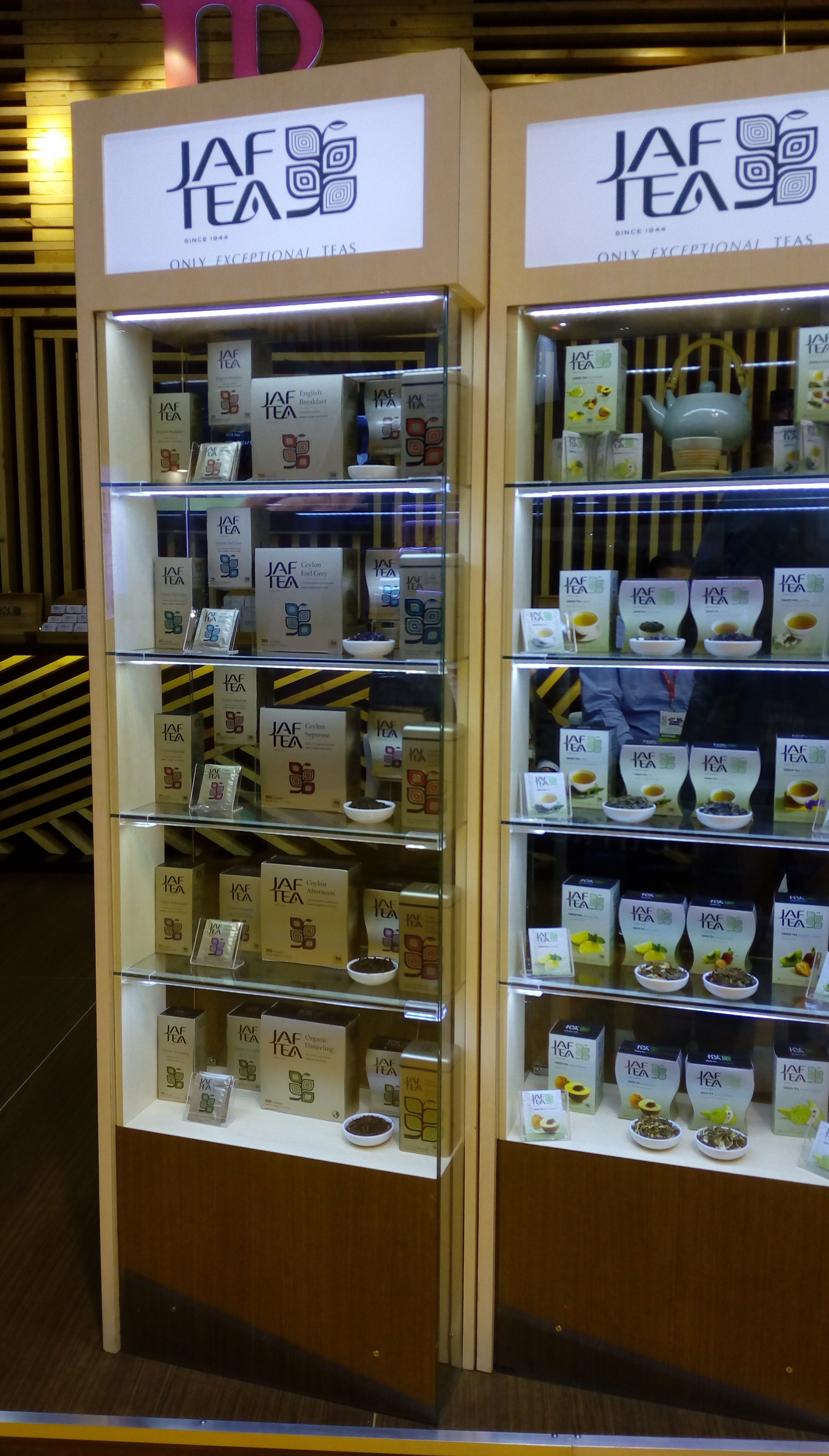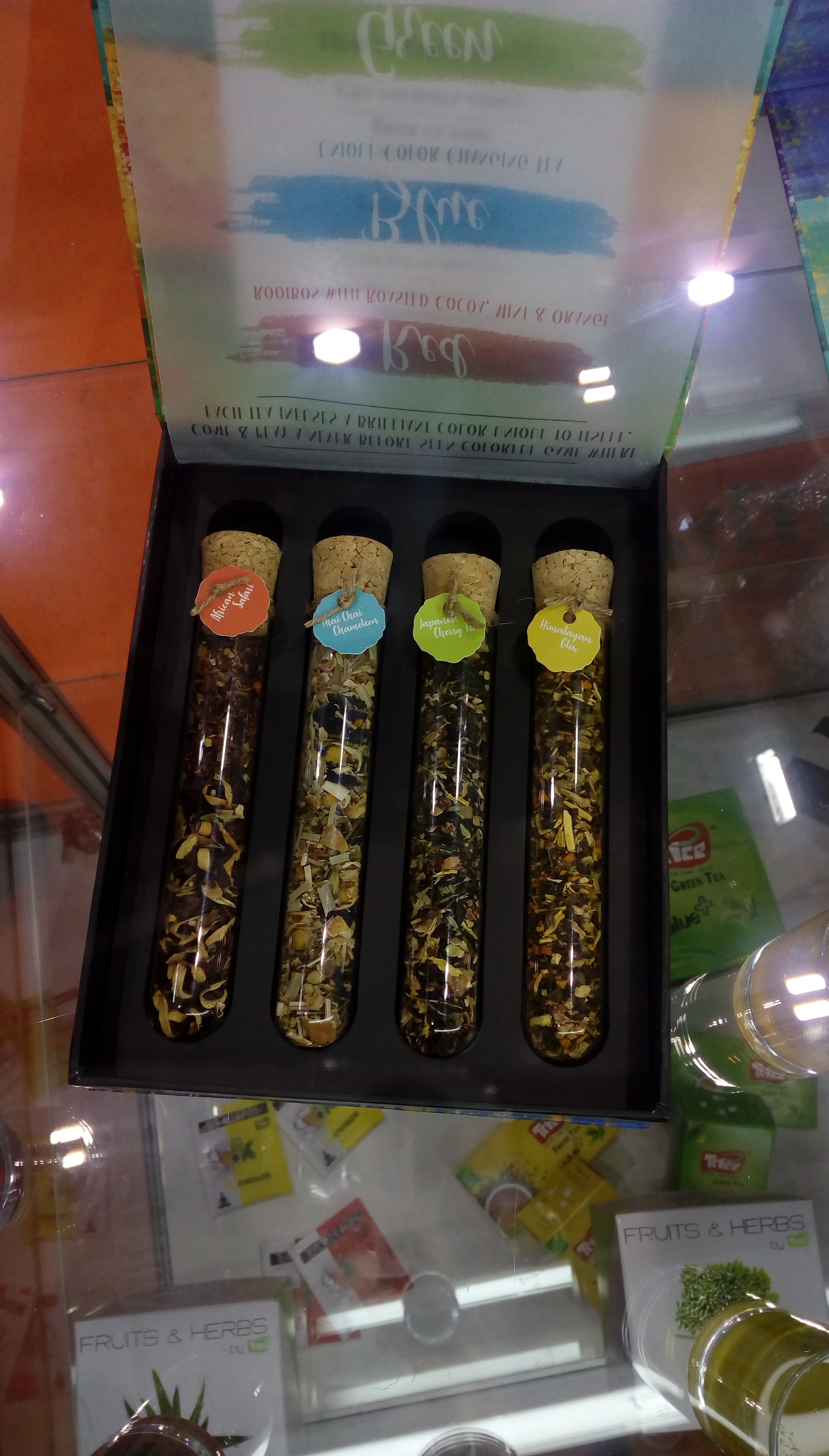Loose leaf tea or tea bags? Authentic or Quickie?
The debate is on since the time someone in America “invented” tea bag by mistake (the dumbest and most horrifying invention to any true blue tea lover).
Well, I made my point already there! You see, if you consider yourself a true blue tea lover, you can’t be seen with a tea bag (Forget Simon Baker in Mentalist. He even added milk to a Chamomile tea bag!) Trust me. It’s like blasphemy. Or, may be more! It’s like drinking premixed “scotch” (sounds weird right? A brand tried to sell a premix whisky – didn’t work at all) and calling yourself a whisky connoisseur.
Now, that was all about passion. But passion, these days, are not that relevant after all. We need rationale. And we need scientific reasoning. So, here it is:
Before that let’s clarify what includes loose leaf and what’s a tea bag:
Most (90%) tea bags contain small cut leaf which is primarily tea dust and very broken tea leaves and twigs; while Whole Loose Leaf Teas are primarily made up of Whole, large and Unbroken Leaves.
Tea grades such as dust & brokens have higher surface areas which means higher exposure to the essential oils and more of a chance for them to evaporate. The large grades have a relatively lesser surface area and hence the essential oils remain intact. Hence better Aroma, Better flavor and more Antioxidants!
Tea bags have limited space for the tea leaves to let water flow and absorb very little water and hence the infusion and the yield is not very flavorful, Loose Leaf tea have space to expand and hence allow the water to be absorbed and flow through the leaves and extract good amount of vitamins, minerals, flavors all along with great aroma.
Loose leaf teas can be reinfused several times (in many cases) unlike a tea bag.
Tea bags may release tannins more quickly when compared to loose leaf tea resulting in bitter and astringent brews.
Most tea bag teas are machine picked and machine make unlike most whole loose leaf tea which are carefully handpicked and carefully selectively processed.
Not convinced yet?
Ok… No problem. Let me share with you a study called the The Glaucus Studies, 2013
The Study consisted of 25 varieties of tea bags that were tested for 365 different illegal pesticides of the eight well-known brands. They are manufactured in India and China for global distribution. Some countries already have banned these brands, but not the U.S.
Here is the list of eight brands and 25 types of teas that were found “adulterated”:
- Tetley – Pure Green Tea, Long Leaf Green Tea
- Twinings – Classic Assam Tea, Classic Lady Grey, English Breakfast, Earl Grey
- Uncle Lee’s Legends of China – Green Tea, Jasmine Green Tea
- Celestial Seasonings – Authentic Green Tea, Antioxidant Max Blackberry Pomegranate, Antioxidant Max Blood Orange, Antioxidant Max Dragon Fruit, English Breakfast Black K-Cup, Green Tea Honey Lemon Ginger, Green Tea Peach Blossom, Green Tea Raspberry Gardens, Sleepytime Herbal Teas, Sleepytime Kids Goodnight Grape Herbal
- Lipton – Clear Green Tea, Darjeeling Tea, Pure Green Tea, Yellow Label Black Tea
- No Name – Black Tea
- King Cole – Orange Pekoe
- Signal – Orange Pekoe Two Cups
Unfortunately, if you drink tea, you may see several of your favorites on the list! The Glaucus Testing selected an independent and highly accredited lab, so there would be no discretions. The brands were chosen because they were specifically marketed as “100 percent natural and healthy.”
Source : https://www.sadakafirm.com/tea-bag-containing-deadly-pesticides/
It’s kind of ironic because some of the names like “Pure Green Tea” are nothing more than a marketing ploy to make you feel believe that it is all natural, this is exactly why organic whole leaf tea is always a better choice.
Toxic Tea Bags
So, if the alarming levels of pesticides wasn’t enough to get you to make the switch, perhaps the epichlorohydrin that is used to treat these tea bags to ensure that they do not disintegrate or tear, will. This chemical, epichlorohydrin is a chlorinated epoxy compound that is used as an industrial solvent. It is not only a strong skin irritant, but also a known carcinogen. According to Dow, it is a very dangerous chemical that requires a special handling procedure, and yep, that’s right – the tea bag companies mentioned above use this chemical to spray their bags. That chemical is not only being absorbed into our skin, but it’s being extracted in hot water and then consumed.
Given your love for tea bag which you have been drinking as tea for a while now, how much poison are you now carrying in your body?
Conclusions:
Tea bags gained momentum in an era when there were no alternative to the convenience that they offered. People had foregone quality for convenience.
Now days there are enough tea accessories available in the market so making loose leaf tea is as much a convenience as much a tea bags!
I usually carry a strainer like this with me along with my tea leaves. It costs something between Rs.150-Rs.200 and are easily available in Amazon. If you are living outside India, please check online stores in your own country.

























